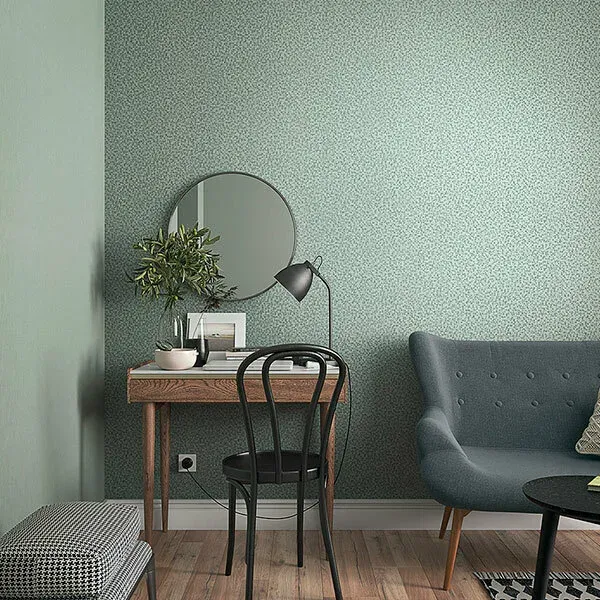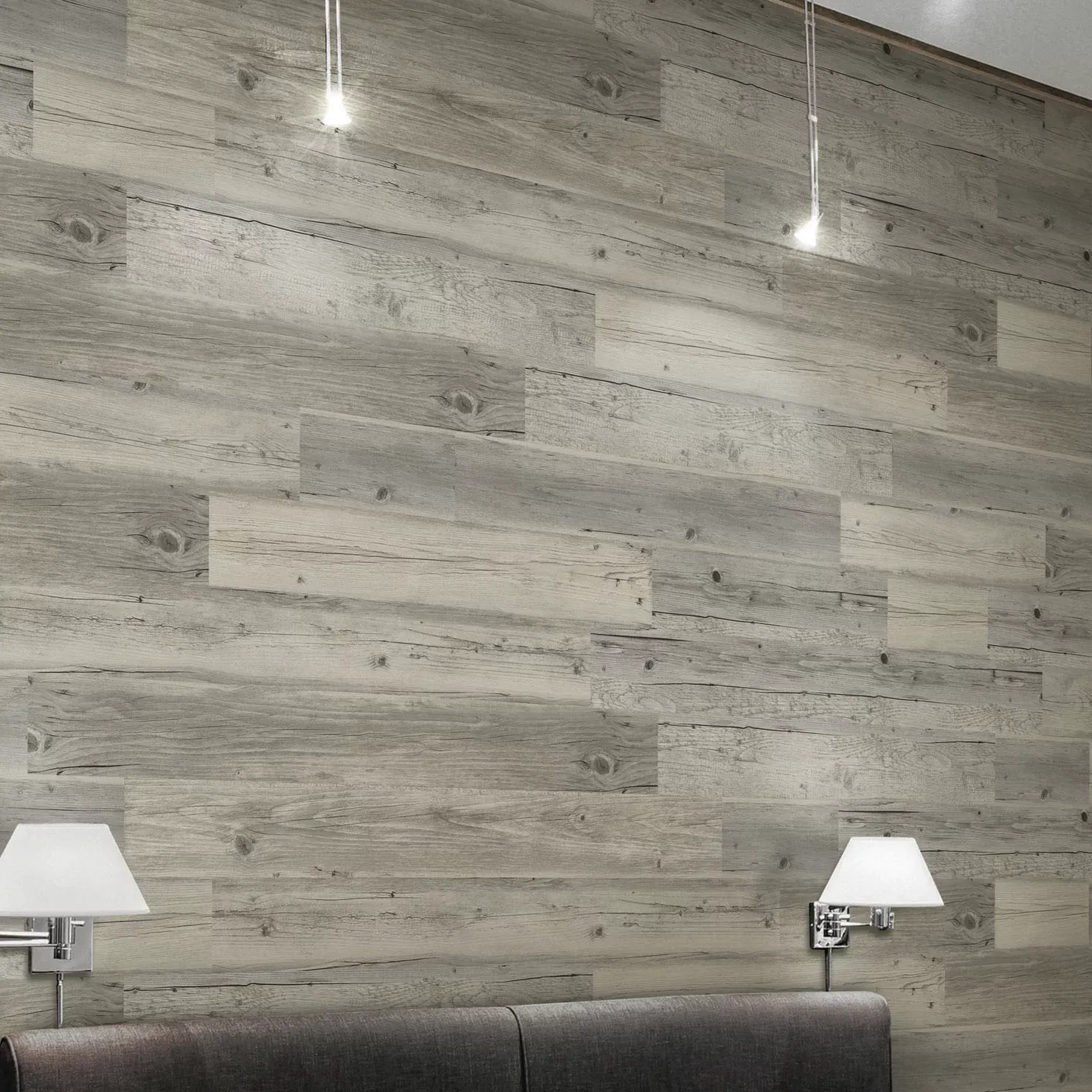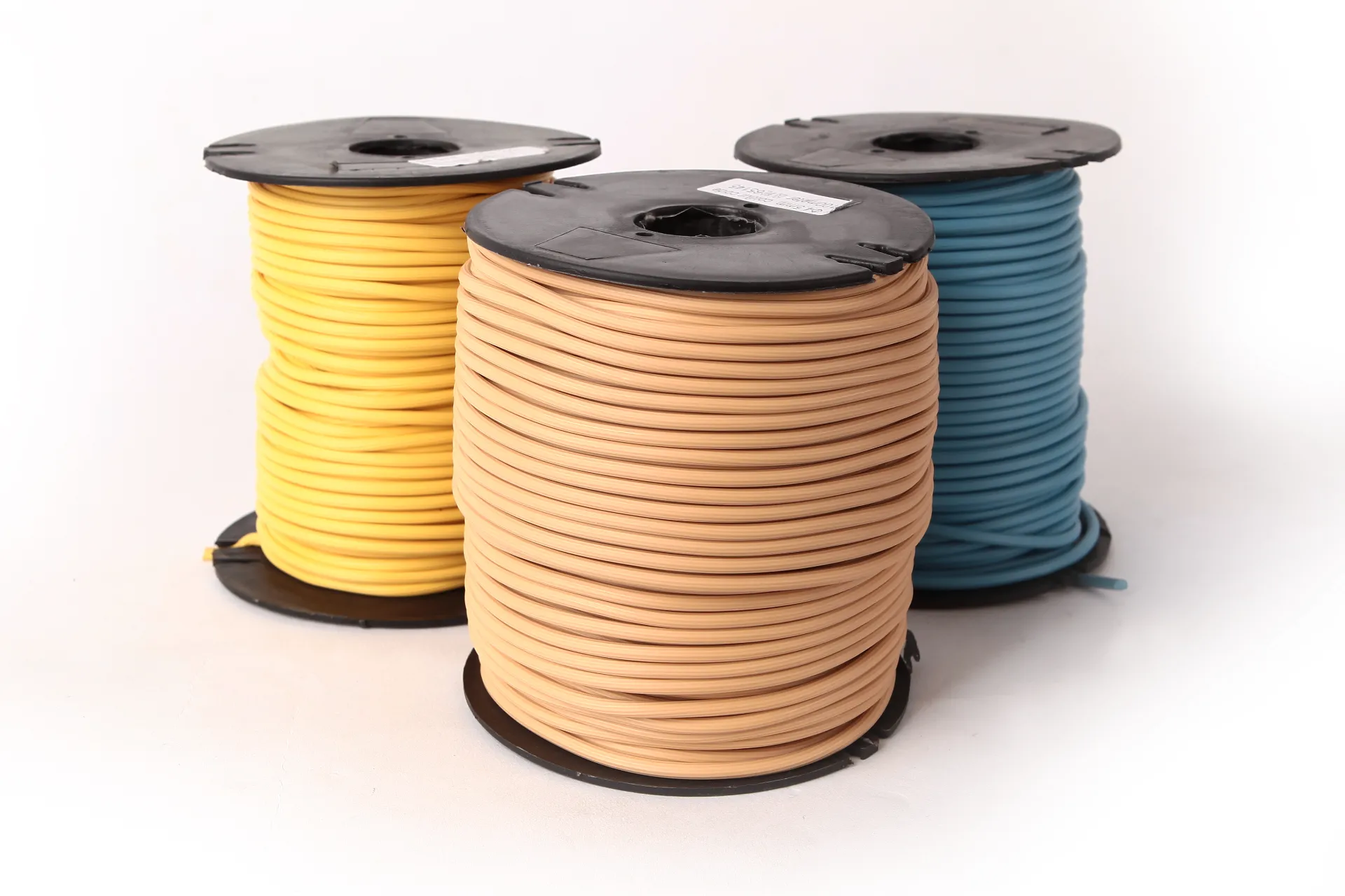
- Afrikaans
- Albanian
- Amharic
- Arabic
- Armenian
- Azerbaijani
- Basque
- Belarusian
- Bengali
- Bosnian
- Bulgarian
- Catalan
- Cebuano
- Corsican
- Croatian
- Czech
- Danish
- Dutch
- English
- Esperanto
- Estonian
- Finnish
- French
- Frisian
- Galician
- Georgian
- German
- Greek
- Gujarati
- Haitian Creole
- hausa
- hawaiian
- Hebrew
- Hindi
- Miao
- Hungarian
- Icelandic
- igbo
- Indonesian
- irish
- Italian
- Japanese
- Javanese
- Kannada
- kazakh
- Khmer
- Rwandese
- Korean
- Kurdish
- Kyrgyz
- Lao
- Latin
- Latvian
- Lithuanian
- Luxembourgish
- Macedonian
- Malgashi
- Malay
- Malayalam
- Maltese
- Maori
- Marathi
- Mongolian
- Myanmar
- Nepali
- Norwegian
- Norwegian
- Occitan
- Pashto
- Persian
- Polish
- Portuguese
- Punjabi
- Romanian
- Russian
- Samoan
- Scottish Gaelic
- Serbian
- Sesotho
- Shona
- Sindhi
- Sinhala
- Slovak
- Slovenian
- Somali
- Spanish
- Sundanese
- Swahili
- Swedish
- Tagalog
- Tajik
- Tamil
- Tatar
- Telugu
- Thai
- Turkish
- Turkmen
- Ukrainian
- Urdu
- Uighur
- Uzbek
- Vietnamese
- Welsh
- Bantu
- Yiddish
- Yoruba
- Zulu
Effaith Lloriau Masnachol ar Gynhyrchiant Swyddfa a Lles Gweithwyr
The design and functionality of office spaces are crucial in shaping the productivity and overall well-being of employees. While factors such as lighting, layout, and ergonomic furniture often dominate workplace design conversations, the flooring choice is an equally important element that can significantly influence both productivity and employee health. From comfort to aesthetics, the right flooring material can help create a conducive working environment that supports both the physical and mental well-being of staff. Let’s explore how lloriau masnachol yn effeithio ar gynhyrchiant swyddfa a lles gweithwyr.
Gwella Cysur a Lleihau Blinder Gyda Lloriau Masnachol
Un o'r ffyrdd mwyaf uniongyrchol y mae lloriau'n effeithio ar weithwyr yw trwy gysur. Mae gweithwyr yn aml yn treulio oriau hir yn eistedd neu'n sefyll wrth eu desgiau, yn mynychu cyfarfodydd, neu'n cerdded o gwmpas y swyddfa. Gall y math o loriau a ddefnyddir yn yr ardaloedd hyn ddylanwadu ar ba mor gyfforddus y maent yn teimlo yn ystod eu harferion dyddiol.
Cushioned flooring such as carpet tiles or rubber flooring offers a soft surface that can reduce the strain on legs, feet, and lower backs, particularly in standing or walking-intensive roles. These types of floors also help absorb shock, minimizing fatigue and discomfort. In comparison, harder surfaces like tile or hardwood can cause more pressure on joints over time, leading to discomfort and potential health issues.

Additionally, ergonomic floor mats placed in high-traffic areas can further enhance comfort by providing additional support for standing employees. By reducing physical strain, the right flooring choices can help employees feel more comfortable and energized throughout their workday, which can improve focus and productivity.
Manteision Acwstig: Lleihau Llygredd Sŵn Ynghylch Lloriau Masnachol
Gall lefelau sŵn yn y swyddfa gael effaith ddofn ar ganolbwyntio, ffocws, a boddhad cyffredinol gweithwyr. Gall swyddfeydd cynllun agored, yn arbennig, ddioddef o lygredd sŵn, lle mae clebran cyson, galwadau ffôn a symudiadau yn creu amgylchedd sy'n tynnu sylw. Gall y dewis o loriau chwarae rhan sylweddol wrth leihau effaith sŵn yn y gweithle.
Carpeted flooring, particularly plush or thick carpets, is known for its sound-absorbing qualities. This type of flooring helps to reduce echo and minimize the transmission of noise between rooms or across workspaces. Similarly, rubber flooring can help absorb sound and dampen the noise from footsteps or machinery, making it ideal for areas like hallways, meeting rooms, or fitness spaces within an office.
Trwy liniaru gwrthdyniadau sŵn, lloriau gwrth-ddŵr masnachol yn gallu gwella gallu gweithwyr i ganolbwyntio ar dasgau heb ymyrraeth sŵn amgylcheddol. Mae'r amgylchedd tawelach sy'n deillio o hyn yn meithrin gwell cyfathrebu, cydweithredu, a boddhad gwaith cyffredinol, sydd oll yn cyfrannu at gynhyrchiant uwch.
Apêl Esthetig a Morâl Gweithwyr Ynghylch Lloriau Masnachol
Effaith weledol lloriau resin masnachol ni ddylid diystyru. Mae lloriau'n cyfrannu at esthetig cyffredinol swyddfa, gan osod y naws ar gyfer y gofod a dylanwadu ar ymateb emosiynol gweithwyr. Gall swyddfa ddeniadol, wedi'i dylunio'n dda, greu ymdeimlad o falchder a pherchnogaeth, gan ysgogi gweithwyr a gwella eu profiad cyffredinol yn y gwaith.
For example, wooden floors, with their sleek and natural appearance, can bring warmth and sophistication to an office environment. On the other hand, brightly colored floors or innovative patterned tiles can inject energy and creativity into creative spaces, sparking innovation and enthusiasm. Flooring can even be used to demarcate zones within a larger office, helping employees navigate different areas and creating a sense of order and focus.
Mae swyddfa sy'n bleserus yn esthetig nid yn unig yn creu awyrgylch croesawgar ond hefyd yn hybu morâl a boddhad swydd. Pan fydd gweithwyr yn teimlo bod eu hamgylchedd gwaith wedi'i ddylunio'n feddylgar, maent yn fwy tebygol o deimlo eu bod yn cael eu gwerthfawrogi, a all gynyddu eu cymhelliant a'u lles cyffredinol.
Ystyriaethau Iechyd: Lleihau Risgiau o Llithriadau a Chwympiadau Ynghylch Lloriau Masnachol
Mae iechyd a diogelwch gweithwyr yn hollbwysig mewn unrhyw leoliad swyddfa. Mae lloriau'n chwarae rhan hanfodol wrth atal damweiniau, yn enwedig mewn ardaloedd sy'n dueddol o ddioddef colledion neu draffig traed uchel. Mewn amgylcheddau fel ceginau, ystafelloedd gwely, neu fynedfeydd, gall dewis y math cywir o loriau atal anafiadau yn y gweithle, megis llithro a chwympo.
Anti-slip flooring materials, such as textured vinyl, rubber, or even some types of tile, are ideal for high-risk areas. These surfaces provide better traction, even when wet, reducing the likelihood of falls. In offices where employees are frequently moving between different areas, having non-slip flooring ensures that employees can walk around safely without worrying about potential hazards.
Y tu hwnt i leihau'r risg o anafiadau uniongyrchol, gall y lloriau cywir hefyd helpu i liniaru problemau iechyd hirdymor. Er enghraifft, gall defnyddio matiau gwrth-blinder mewn gweithfannau leihau anghysur a lleihau'r risg o ddatblygu cyflyrau fel poen yng ngwaelod y cefn neu broblemau cylchrediad a all godi o sefyll am gyfnod hir ar arwynebau caled.
Effaith Amgylcheddol: Hyrwyddo Lles Trwy Gynaliadwyedd Ynghylch Lloriau Masnachol
As more businesses adopt sustainability initiatives, there is growing recognition of how flooring choices can contribute to environmental health as well as employee well-being. Green, eco-friendly flooring options can help create a healthier indoor environment while also aligning with the company’s values.
Sustainable flooring materials such as cork, bamboo, or recycled content carpet tiles have a lower environmental impact compared to traditional flooring products. These materials are free from harmful chemicals, which can contribute to better air quality within the office. Some flooring options even come with certifications like LEED (Leadership in Energy and Environmental Design), which ensures that they meet rigorous environmental standards.
Choosing eco-friendly flooring is not just about reducing a company’s carbon footprint; it also fosters a sense of pride among employees. Working in an office that emphasizes sustainability can boost morale and contribute to a positive, healthy work environment, ultimately benefiting both employee well-being and the company’s reputation.
-
Masking Tape: Clean Removal, Precision Lines, Pro-GradeNov.10,2025
-
Skirting: MDF, Oak & SPC | Durable, Easy-FitNov.10,2025
-
Commercial VCT Tile Flooring – Durable, Low-MaintenanceNov.10,2025
-
LVT Vinyl Floors – Waterproof, Scratch‑Resistant, Easy ClickNov.10,2025
-
Masking Tape - Pro-Grade, Clean Removal, Crisp LinesNov.10,2025
-
Premium Masking Tape - Sharp Lines, Clean RemovalNov.10,2025



